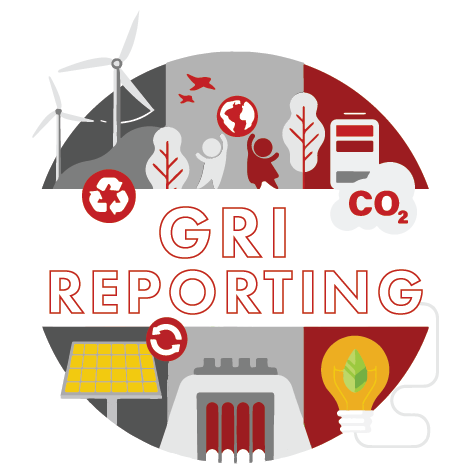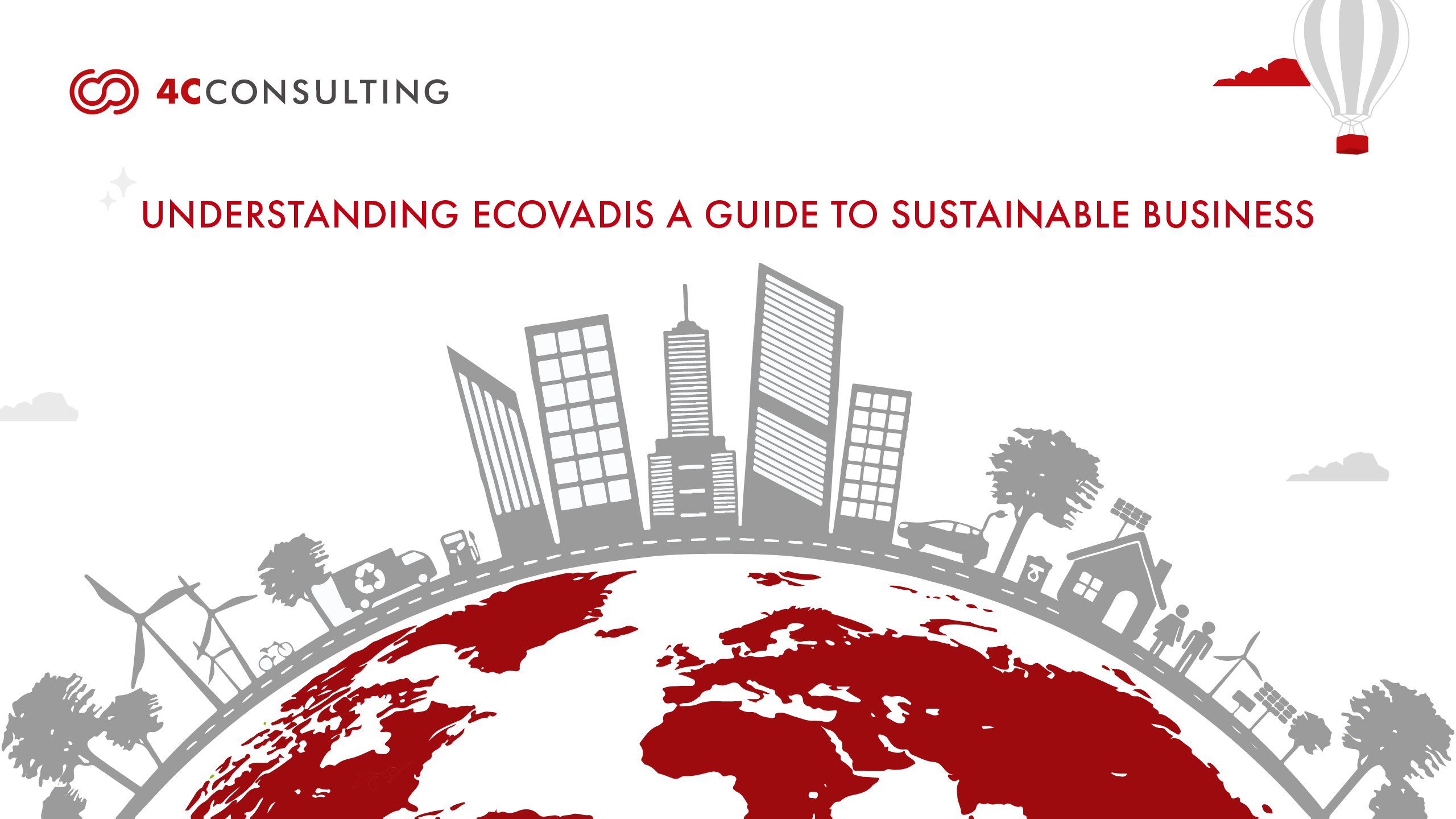
Frequently Asked Questions
GRI Reporting refers to the process of disclosing an organization's environmental, social, and governance (ESG) performance using the Global Reporting Initiative (GRI) Standards. It enables companies to communicate their sustainability impacts in a transparent and standardized manner, helping stakeholders—including investors, customers, and regulators—make informed decisions.
The GRI Standards are structured into three main series:
1. GRI Universal Standards—Core principles and disclosures applicable to all organizations (e.g., GRI 1, 2, and 3).
2. GRI Sector Standards—Tailored reporting guidance for specific sectors such as oil & gas, agriculture, or mining.
3. GRI Topic Standards—Detailed disclosures for specific ESG topics like energy (GRI 302), labor practices (GRI 401), and waste (GRI 306).
The GRI Framework is a globally recognized system that guides organizations in reporting their sustainability performance. It consists of a modular structure that includes universal, sector, and topic standards, supported by reporting principles and disclosure requirements. The framework aims to ensure comparability, credibility, and accountability in sustainability reporting.
GRI reporting is based on a set of principles designed to ensure high-quality disclosures:
- Accuracy
- Balance
- Clarity
- Comparability
- Completeness
- Sustainability Context
- Timeliness
- Verifiability
These principles are applied when determining report content and quality to enhance transparency and stakeholder trust.
The GRI Standard for reporting is a comprehensive set of globally applicable guidelines designed to help organizations disclose material sustainability information. As of the latest version :
- GRI 1: Foundation 2021 serves as the base standard, supported by
- GRI 2: General Disclosures 2021
- GRI 3: Material Topics 2021
Organizations then choose relevant Topic Standards and Sector Standards based on their business activities and stakeholder priorities.
The eight foundational principles that guide GRI reporting include:
1. Stakeholder Inclusiveness
2. Sustainability Context
3. Materiality
4. Completeness
5. Accuracy
6. Balance
7. Clarity
8. Timeliness
Together, these ensure that the report is relevant, comprehensive, and reliable for stakeholders.
A Sustainability Reporting Framework provides a structured approach for organizations to disclose their ESG performance. Frameworks like GRI, SASB, TCFD, and CDP offer guidance on what to report, how to report it, and how to ensure the data is consistent and decision-useful. GRI is among the most widely adopted frameworks for corporate sustainability disclosures.
The GRI Framework is classified into three major standard categories:
1. Universal Standards – Applicable to all organizations regardless of size, sector, or location.
2. Sector Standards – Industry-specific standards tailored to unique sectoral impacts.
3. Topic Standards – Focused on key ESG topics like emissions, human rights, and anti-corruption.
Each classification works together to provide a robust and flexible structure for ESG disclosures.





